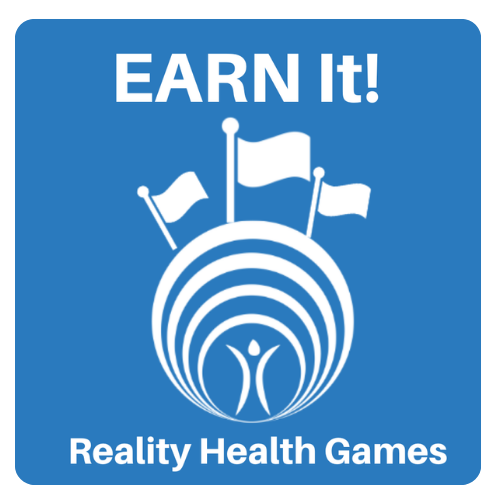
10 Tips for Navigating Health-Related Websites and Online Resources
- Check the Domain: Look for reputable domains such as “.gov”, “.edu”, or “.org” for government agencies, educational institutions, and non-profit organizations. These domains often provide reliable and evidence-based information.
- Evaluate Authorship: Assess the expertise and credentials of the authors or contributors of the content. Look for qualifications, affiliations with reputable institutions, and relevant experience in the field of healthcare.
- Review Editorial Policies: Examine the website’s editorial policies to understand how information is reviewed, vetted, and updated. Reputable websites typically have transparent editorial processes and disclose potential conflicts of interest.
- Consider the Source: Investigate the sponsoring organization or entity behind the website. Be wary of websites that prioritize profit over accuracy, such as those promoting specific products or treatments without credible evidence.
- Look for Evidence-Based Information: Seek out information that is supported by scientific evidence and peer-reviewed research. Look for references to studies, clinical trials, or expert consensus statements to validate the claims made.
- Cross-Reference Information: Verify information from multiple reliable sources to ensure its accuracy and reliability. Compare findings, recommendations, and statistics from different sources to corroborate the information presented.
- Avoid Sensationalism: Be cautious of websites that use sensationalized headlines, exaggerated claims, or fear-mongering tactics to grab attention. Reliable sources prioritize accuracy and objectivity over sensationalism.
- Check for Currency: Ensure that the information provided is up-to-date and reflects the latest research, guidelines, and recommendations. Look for publication dates, revision histories, and updates to ensure the information is current and relevant.
- Assess User Reviews and Feedback: Consider user reviews and feedback cautiously, as they may be subjective and influenced by personal experiences. Look for patterns and trends in reviews rather than relying on individual testimonials.
- Trust Your Instincts: Use your judgment and intuition when evaluating health-related websites and online resources. If something seems too good to be true or raises doubts about its credibility, proceed with caution and seek additional verification from reputable sources.
By following these tips, you can navigate health-related websites and online resources effectively, recognize reputable sources, and avoid unreliable or untrustworthy platforms.
Recommend0 recommendationsPublished in Dr. Rob Perspectives, Force for Health® Network News








